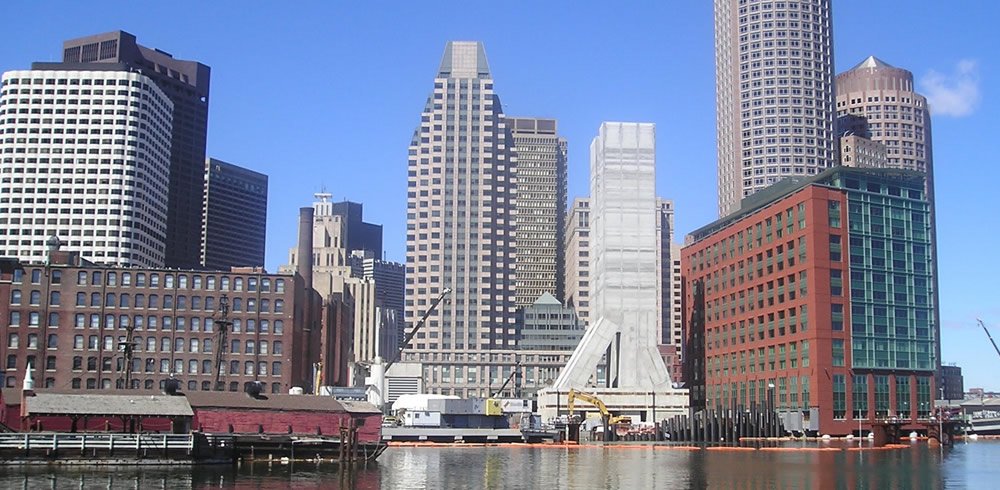
ABOUT
UNITED RETEK CORP
United Retek Corp has stabilized environmental soils in the Northeast since 1987. We typically work in concert with LSPs and other professionals to bring you the services you need.

HISTORY
United Retek, was among the first to recognize the extraordinary benefits of utilizing properly formulated reagents with Pugmill processing for the stabilization and recycling of contaminated soils.
In 1987 United Retek was established, pioneering the development and utilization of on-site contaminated soil recycling. Since then United Retek has utilized a wide array of solidification/ stabilization technologies to remediate a vast range of hazardous and contaminated soils.
EXPERIENCE AND APPROACH
For over 30 years we have been the leading provider of soil remediation services for industrial, commercial and government clients. We have assisted with cleanup efforts at sites throughout New England, New York and New Jersey, including military bases, utility company locations, petroleum companies, transportation areas, inner city developments and others.
The Retek Process utilizes proprietary chemical formulations specifically for metal-bearing solid wastes, petroleum waste and materials handling procedures based on the needs of each particular site. The method involves adding a reactive form of reagent and sometimes a ph buffer (when necessary) to the metal-bearing waste. Divalent metal cations, and especially lead, arsenic, and cadmium react with the reagents to form very insoluble compounds. The chemistry is well known and is based on solubility product data that have been in the literature for decades.
FREQUENTLY ASKED QUESTIONS
Get all the answers to the most frequently asked questions (FAQS) regarding United Retek Corp. Don’t see the answers to your questions? Give us a call at (508) 478-5500 and we will be happy to assist you.
What Type of Stabilization and Process Equipment Do You Use?
Scalper – The scalper is a metal hopper with a concave steel screen over the top. As impacted material is fed into the scalper the screen separates any objects greater than 3 inches in diameter and deflects them to the ground next to the scalper. This scalped material will consist primarily of stones and possibly some metal and wood debris. The remaining material collects inside the hopper and is fed to the conveyor belt. Which then feeds into the Pug Mill surge bin/hopper
Pug Mill – Hopper feeds the conveyor belt which is constructed of a steel mesh reinforced rubber belt fitted across steel pulleys, rollers, and tensioners. An integrated weighing device is used to calculate the weight of material crossing a section of the conveyor belt at a given speed. This information is used to control the amount of reagents added to achieve the proper per weight ratio of impacted soil to additive. The integrated weighing device will be calibrated at least weekly to ensure proper chemical reagent addition. The conveyor belt feeds material into Pug Mill box, the pug mill box is an enclosed structure with rotating hardened steel paddles. The impacted soil and reagents are combined with water. The proportional amounts of the additives are introduced based on the conveyor belt scale readings and the desired reagent ratio. The hardened steel paddles homogenize the soil and reagents and the stabilization/solidification process begins. As the soil is homogenized it is simultaneously driven through pug mill and deposited onto a stacking conveyor.
Cement Silo – A cement storage silo will be installed adjacent to the pug mill and will house a reserve of Portland cement to be used as the primary soil stabilization reagent. Cement is metered from the silo based on readings from the conveyor belt scale to achieve the desired ratio of reagent to soil. The silo is refilled on site as needed using a port to mitigate any fugitive dusts.
Stacking Conveyor – The stacking conveyor used to deposit the treated soil away from the pug mill. Treated soil deposited from the stacking conveyor falls into a conical stockpile away from the pug mill before being transferred to curing bins by a front end loader.
Generator – Power for the pug mill will be supplied from a dedicated portable generator of approximately 125kW capacity. The generator will be grounded to the steel frame of the pug mill and staged within a lined berm area to mitigate any potential leaks and/or spills.
Do You Provide Soil Treatment Services for Hexavalent Chromium?
Not at this time.
What is the Retek Process?
The Retek process varies depending on what the requirements are and the desired outcome to meet those requirements. We do both insitu and exsitu treatment of contaminated soils, with or without our pugmill suites of equipment. They require different reagents determined by treatability studies, laboratory testing and the RAM plan of record. We work closely with the LSP or other site professionals to determine the best solution to the problem at hand. We are focused on a successful outcome of all treatment efforts in processing the different soils.
Retek also does soil solidification allowing beneficial reuse of inferior soils on construction projects. We have been very successful in this space allowing our customers to save hundreds of thousands of dollars. Leveraging our process makes great financial and Green space benefits for our customers.
Do You Provide Lead Shot Recovery Services for Outdoor Firing Ranges?
Yes we have done this type treatment in the past with success.
Do You Provide Soil Treatment Services for Lead Based Paint (LBP) Products?
Yes we have been involved in this type of treatment in various urban renewal efforts and projects.
Do You Offer Treatability Testing and Treatment Design Services?
Yes we offer treatability services and classification of soils and reagents for treating different soils and contamination.
What is Your Service Area in the United States?
Retek is primarily focused on the northeastern region of the USA. We have done projects in Florida, West Virginia, North Carolina and Canada. We are willing to support other areas as requested on a case by case basis.